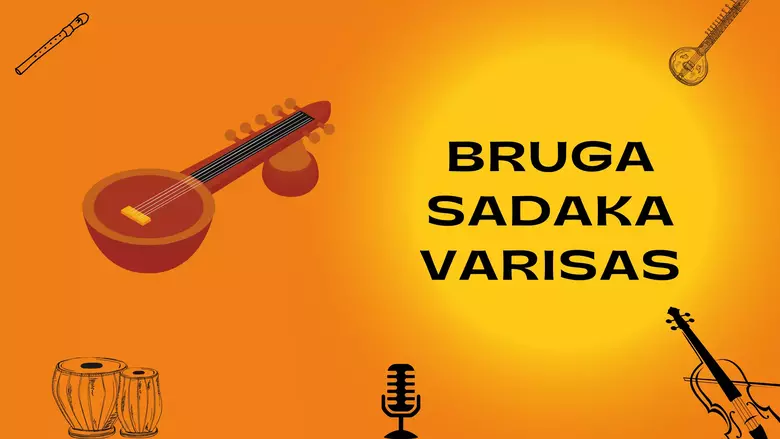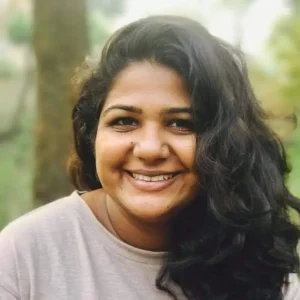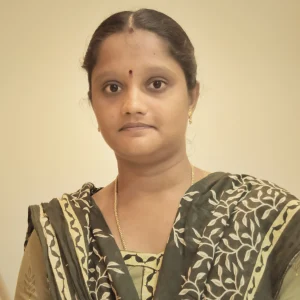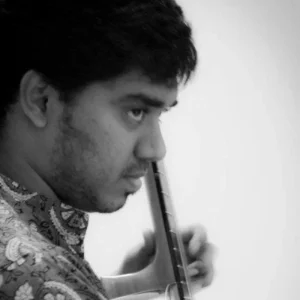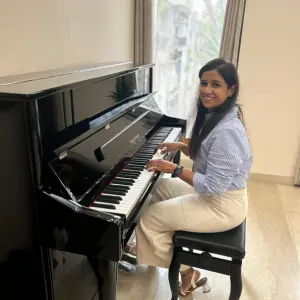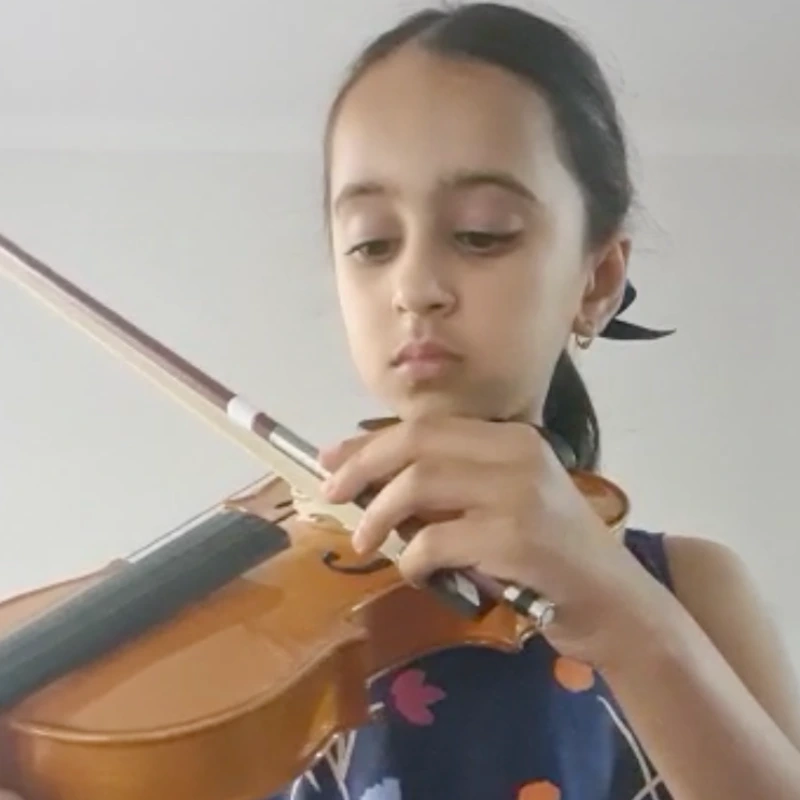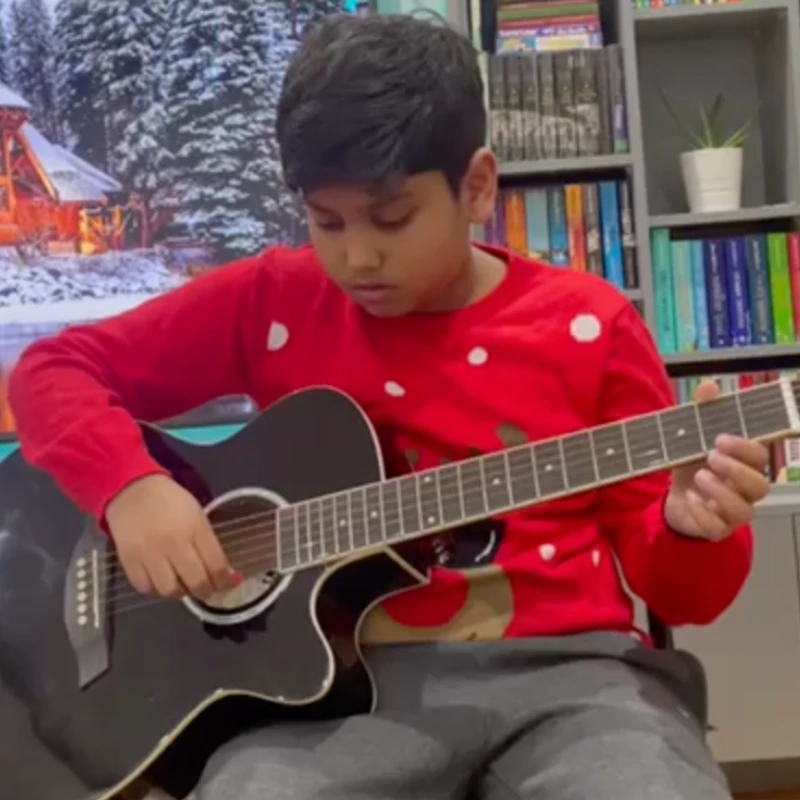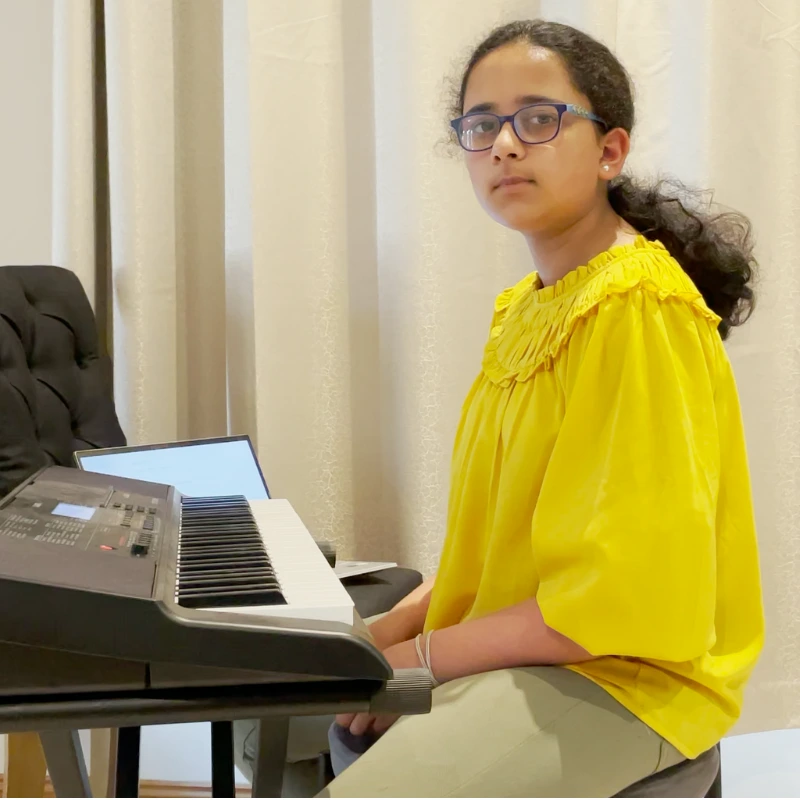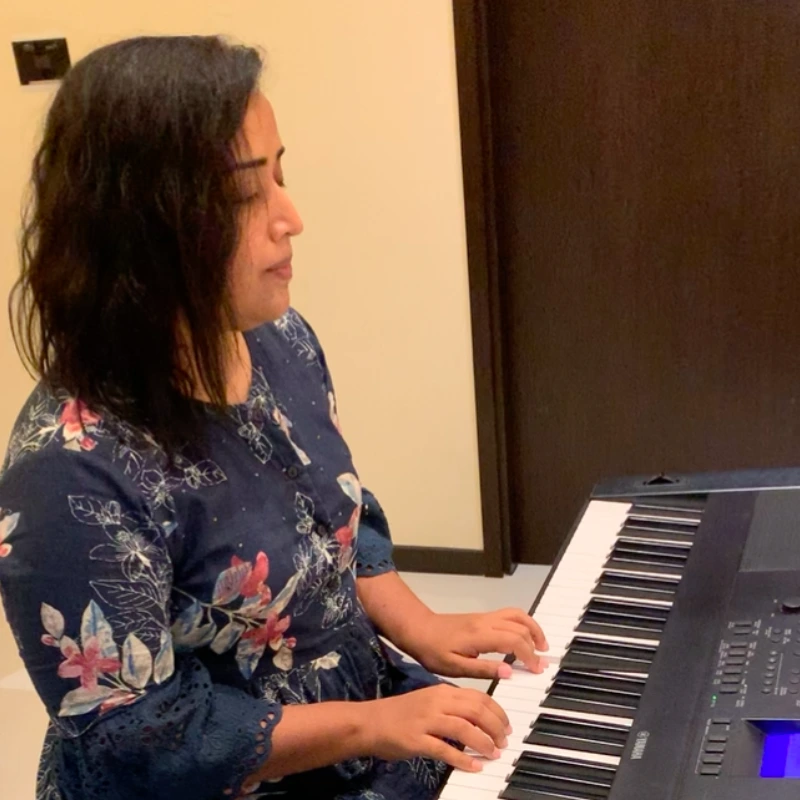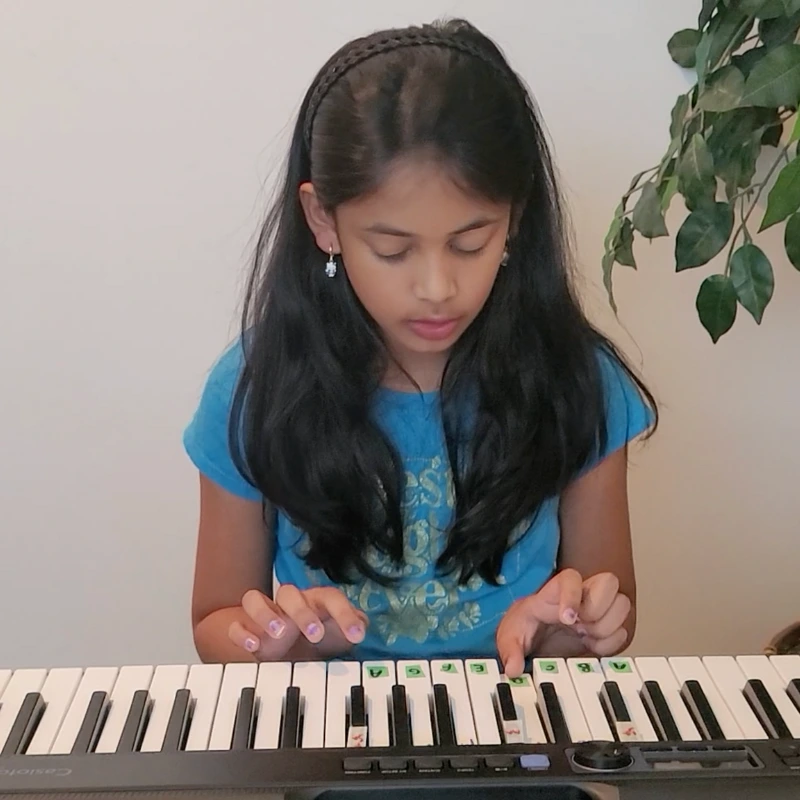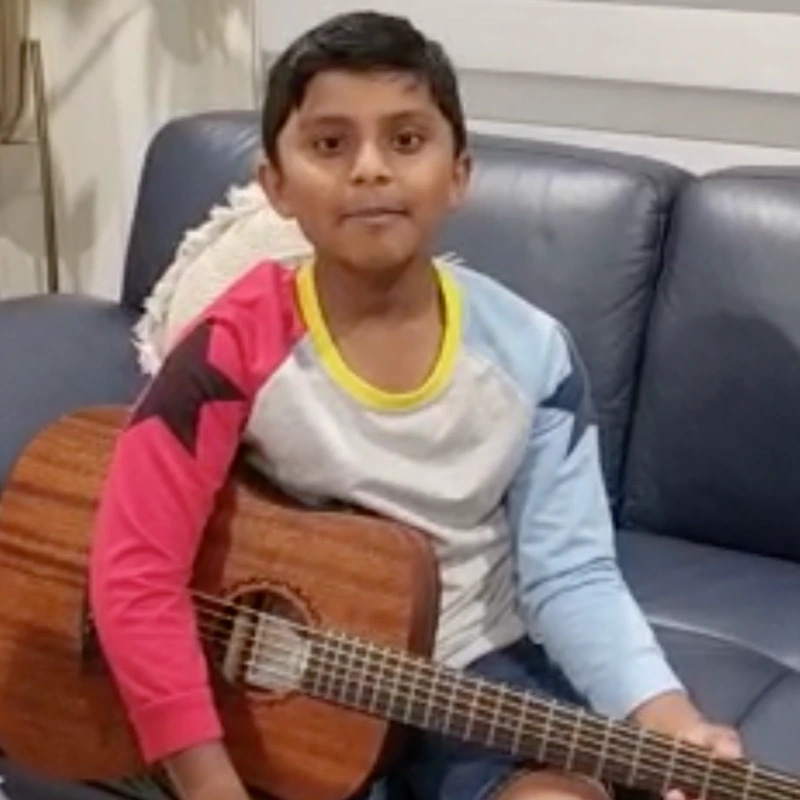Bruga Sadaka Varisas is a type of composition in Carnatic music sung in praise of the deity Brihaspati, also known as Guru or the teacher of the gods. This composition is usually set to the raga Malahari, which is a janya raga of the 2nd melakarta raga, Mayamalavagowla. Bruga Sadaka Varisas is usually sung in a slow tempo and is characterized by its use of gamakas or ornamental phrases. The lyrics of this composition are mainly in Sanskrit, with some parts in Tamil. The composition is usually sung in a madhyama kala or middle tempo. In this blog, we will explore the Bruga Sadaka Varisas’ significance and some unique features that make it stand out from other Carnatic compositions.
History
The origins of Bruga Sadaka Varisas are unclear, but they date back to the 13th century. The name Bruga Sadaka Varisas came from the words “Bruga,” which means Guru or teacher, “Sadaka,” which means offering, and “Varisas,” which means praise. The specific purpose of this composition is to offer a prayer to Lord Brihaspati for the welfare of all beings.
Bruga Sadaka Varisas is a type of raga or melody in Carnatic music. It is a janya raga or a derivative of another raga. Raga Todi is the source from which Braga Sadaka Varisai was created, and the two ragas share many similarities. It is typically played at the beginning of a concert or recital and is considered a mellow, relaxing melody.
The Significance of Bruga Sadaka Varisas
Bruga Sadaka Varisas is an important raga in Carnatic music. It is a starting point for learning other ragas, as it contains all the basic swaras (notes). The player can use any melodic instrument to play Braga Sadaka Varisai.
Bruga Sadaka Varisas is a very important aspect of Carnatic music. It is a way of rendering the shadja, or tonic note, in a particular way that gives the music its distinctive sound. Additionally, it is an effective method of teaching correct intonation to beginners.
How to Play Bruga Sadaka Varisas?
There are many different ways to play Bruga Sadaka Varisas. The most common way is on the harmonium, a type of keyboard instrument. On the other hand, it is also playable on a variety of other instruments, such as the violin or the flute.
The basic idea behind Bruga Sadaka Varisai is to play the chromatic scale up and down the instrument’s keyboard, starting from the root note (typically Sa or Pa) and adding an extra note every time you reach the top or bottom of the scale. There are numerous leaps and abrupt shifts in direction in the resulting melody.
There are two main ways to execute Bruga Sadaka Varisai on the harmonium:
1) With one hand: In this method, you play the chromatic scale with your right hand and use your left hand to add the extra notes.
2) With two hands: In this method, you play the chromatic scale with both hands, adding the extra notes with your right hand.
Playing Bruga Sadaka Varisas on the harmonium is relatively simple. Students of Carnatic music traditionally play Bruga Sadaka Varisai, a type of improvisational music. Carnatic musicians often use Bruga Sadaka Varisai as a “training ground” to hone their skills in improvisation.
Today, small ensembles consisting of two or three musicians often perform Bruga Sadaka Varisai. Musicians often highly improvise the music, focusing on creating a beautiful soundscape rather than following any specific melody.
Some Compositions That Use Bruga Sadaka Varisai
Some popular compositions that use Bruga Sadaka Varisas include “Vathapi Ganapathim” and “Nagumomu.” These pieces teach beginners how to play this raga. Many recordings of Bruga Sadaka Varisai are available by renowned and lesser-known artists. Some of these recordings are of traditional pieces, while others are more modern interpretations.
- One well-known recording of Bruga Sadaka Varisas is by the Carnatic musician Lalgudi Jayaraman. This recording is of the traditional piece “Vathapi Ganapathim” and is one of the finest examples of the genre.
- Another famous recording is by the contemporary artist Vikku Vinayakram. This recording, entitled “Nagumomu,” is a more modern interpretation of Bruga Sadaka Varisai and features unusual instrumentation such as the electric guitar.
- Some famous compositions that use Bruga Sadaka Varisai include “Saraswati Nevo” and “Rama Nannu Brovara.” These two pieces teach beginners the basic structure of the raga.
There are many recordings of renowned artists playing Bruga Sadaka Varisai. These artists include M. S. Subbulakshmi, T. N. Krishnan, and Lalgudi Jayaraman. These recordings are available online and in music stores.
Many resources are available for those who wish to learn more about Bruga Sadaka Varisai. These resources include books, online lessons, and recordings of renowned artists. By exploring these resources, one can gain a deeper understanding of this vital raga.
| BRUGA SᾹDAKA VARISᾹS | ||||||||||||||||||||
| 1 | R | S | S | , | G | R | R | , | M | G | G | , | P | M | M | , | │ | |||
| D | P | P | , | N | D | D | │ | Ṡ | N | N | , | Ṙ | Ṡ | Ṡ | , | ‖ | ||||
| Ṙ | S | Ṡ | , | Ġ | Ṙ | Ṙ | , | Ṁ | Ġ | Ġ | , | Ṗ | Ṁ | M | , | │ | ||||
| P | M | M | , | Ġ | Ġ | Ġ | │ | Ġ | Ṙ | Ṙ | Ṙ | Ṡ | Ṡ | , | ‖ | |||||
| Ṙ | Ṡ | Ṡ | , | Ṡ | N | N | , | N | D | D | , | D | P | P | , | │ | ||||
| P | M | M | , | M | G | G | , | │ | G | R | R | , | R | S | S | , | ‖ | |||
| 2 | S | , | R | S | S | , | , | , | R | , | G | R | R | , | , | , | │ | |||
| G | , | M | G | G | , | , | , | │ | M | , | P | M | M | , | , | , | ‖ | |||
| P | , | D | P | P | , | , | , | D | , | N | D | D | , | , | , | │ | ||||
| N | , | Ṡ | N | N | , | , | , | │ | Ṡ | , | Ṙ | Ṡ | Ṡ | , | , | , | ‖ | |||
| Ṡ | , | Ṙ | Ṡ | Ṡ | , | , | , | Ṙ | , | Ġ | Ṙ | Ṙ | , | , | , | │ | ||||
| Ġ | , | Ṁ | Ġ | Ġ | , | , | , | │ | Ṁ | , | Ṗ | Ṁ | Ṁ | , | , | , | ‖ | |||
| Ṁ | , | Ṗ | Ṁ | Ṁ | , | , | , | Ġ | , | Ṁ | Ġ | Ġ | , | , | , | │ | ||||
| Ṙ | , | Ġ | Ṙ | Ṙ | , | , | , | │ | Ṡ | Ṙ | Ṡ | Ṡ | , | , | , | ‖ | ||||
| Ṡ | , | Ṙ | Ṡ | Ṡ | , | , | , | N | , | Ṡ | N | N | , | , | , | │ | ||||
| D | , | N | D | D | , | , | , | │ | P | , | D | P | P | , | , | , | ‖ | |||
| M | , | P | M | M | , | , | , | G | , | M | G | G | , | , | , | │ | ||||
| R | , | G | R | R | , | , | , | │ | S | , | R | S | S | , | , | , | ‖ | |||
| 3 | S | , | R | S | S | , | R | S | S | , | , | , | ―R | , | G | R | │ | |||
| R | , | G | R | R | , | , | , | │ | G | , | M | G | G | , | M | G | ‖ | |||
| G | , | , | , | ―M | , | P | M | M | , | P | M | M | , | , | , | │ | ||||
| P | , | D | P | P | , | D | P | │ | P | , | , | , | ―D | , | N | D | ‖ | |||
| D | , | N | D | D | , | , | , | ―N | , | S | N | N | , | Ṡ | N | │ | ||||
| N | , | , | , | ―Ṡ | , | Ṙ | Ṡ | │ | Ṡ | , | Ṙ | Ṡ | Ṡ | , | , | , | ‖ | |||
| Ṡ | , | Ṙ | Ṡ | Ṡ | , | Ṙ | Ṡ | Ṡ | , | , | , | ―Ṙ | , | Ġ | Ṙ | │ | ||||
| Ṙ | , | Ġ | Ṙ | Ṙ | , | , | , | │ | Ġ | , | Ṁ | Ġ | Ġ | , | Ṁ | Ġ | ‖ | |||
| Ġ | , | , | , | Ṁ | , | Ṗ | Ṁ | Ṁ | , | Ṗ | Ṁ | Ṁ | , | , | , | │ | ||||
| Ṁ | , | Ṗ | Ṁ | Ṁ | , | Ṗ | Ṁ | │ | Ṁ | , | , | , | ―Ġ | , | Ṁ | Ġ | ‖ | |||
| Ġ | , | Ṁ | Ġ | Ġ | , | , | , | Ṙ | , | Ġ | Ṙ | Ṙ | , | Ġ | Ṙ | │ | ||||
| Ṙ | , | , | , | ―Ṡ | , | Ṙ | Ṡ | │ | Ṡ | , | Ṙ | Ṡ | Ṡ | , | , | , | ‖ | |||
| Ṡ | N | Ṙ | Ṡ | Ṡ | , | Ṙ | Ṡ | Ṡ | , | , | , | ―N | , | Ṡ | N | │ | ||||
| N | , | Ṡ | N | N | , | , | , | │ | D | , | N | D | D | , | N | D | ‖ | |||
| D | , | , | , | ―P | , | D | P | P | , | D | P | P | , | , | , | │ | ||||
| M | , | P | M | M | , | P | M | M | , | , | , | ―G | , | M | G | ‖ | ||||
| │ | ||||||||||||||||||||
| G | , | M | G | G | , | , | , | ―R | , | G | R | R | , | G | R | │ | ||||
| R | , | , | , | ―S | , | R | S | │ | S | , | R | S | S | , | , | , | ‖ | |||
| 4 | S | , | R | S | S | , | R | S | S | , | R | S | S | , | , | , | │ | |||
| R | , | G | R | R | , | G | R | │ | R | , | G | R | R | , | , | , | ‖ | |||
| G | , | M | G | G | , | M | G | G | , | M | G | G | , | , | , | │ | ||||
| M | , | P | M | M | , | P | M | │ | M | , | P | M | M | , | , | , | ‖ | |||
| P | , | D | P | P | , | D | P | P | , | D | P | P | , | , | , | │ | ||||
| D | , | N | D | D | , | N | D | │ | D | , | N | D | D | , | , | , | ‖ | |||
| N | , | Ṡ | N | N | , | Ṡ | N | N | , | Ṡ | N | N | , | , | , | │ | ||||
| Ṡ | , | Ṙ | Ṡ | Ṡ | , | Ṙ | Ṡ | │ | Ṡ | , | Ṙ | Ṡ | Ṡ | , | , | , | ‖ | |||
| Ġ | , | Ṁ | Ġ | Ġ | , | Ṁ | Ġ | Ġ | , | Ṁ | Ġ | Ġ | , | , | , | │ | ||||
| Ṁ | , | Ṗ | Ṁ | Ṁ | , | Ṗ | Ṁ | │ | Ṁ | , | Ṗ | Ṁ | Ṁ | , | , | , | ‖ | |||
| Ṁ | , | Ṗ | Ṁ | Ṁ | , | Ṗ | Ṁ | Ṁ | , | Ṗ | Ṁ | Ṁ | , | , | , | │ | ||||
| Ġ | , | Ṁ | Ġ | Ġ | , | Ṁ | Ġ | │ | Ġ | , | Ṁ | Ġ | Ġ | , | , | , | ‖ | |||
| Ṙ | , | Ġ | Ṙ | Ṙ | , | Ġ | Ṙ | Ṙ | , | Ġ | Ṙ | Ṙ | , | , | , | │ | ||||
| Ṡ | , | Ṙ | Ṡ | Ṡ | , | Ṙ | Ṡ | │ | Ṡ | , | Ṙ | Ṡ | Ṡ | , | , | , | ‖ | |||
| Ṡ | , | Ṙ | Ṡ | Ṡ | , | Ṙ | Ṡ | Ṡ | , | Ṙ | Ṡ | Ṡ | , | , | , | │ | ||||
| N | , | Ṡ | N | N | , | Ṡ | N | │ | N | , | Ṡ | N | N | , | , | , | ‖ | |||
| D | , | N | D | D | , | N | D | D | , | N | D | D | , | , | , | │ | ||||
| P | , | P | P | , | D | P | │ | P | , | D | P | P | , | , | , | ‖ | ||||
| M | , | P | M | M | , | P | M | M | , | P | M | M | , | , | , | │ | ||||
| G | , | M | G | G | , | M | G | │ | G | , | M | G | G | , | , | , | ‖ | |||
| R | , | G | R | R | , | G | R | R | , | G | R | R | , | , | , | │ | ||||
| S | , | R | S | S | , | R | S | │ | S | , | R | S | S | , | , | , | ‖ | |||
| 5 | S | R | G | R | R | S | S | , | R | G | M | G | G | R | R | , | │ | |||
| G | M | P | M | M | G | G | , | │ | M | G | G | , | P | M | M | , | ‖ | |||
| P | D | N | D | D | P | P | , | D | N | Ṡ | N | N | D | D | , | │ | ||||
| Ṅ | Ṡ | Ṙ | Ṡ | Ṡ | N | N | , | │ | Ṡ | Ṙ | Ġ | Ṙ | Ṙ | Ṡ | Ṡ | , | ‖ | |||
| Ṡ | Ṙ | Ġ | Ṙ | Ṙ | Ṡ | Ṡ | , | Ṙ | Ġ | Ṁ | Ġ | Ġ | Ṙ | Ṙ | , | │ | ||||
| Ġ | Ṁ | Ṗ | Ṁ | Ṁ | Ġ | Ġ | , | │ | Ġ | Ṁ | Ṗ | Ṁ | Ṁ | Ġ | Ġ | , | ‖ | |||
| Ṙ | Ġ | Ṁ | Ġ | Ġ | Ṙ | Ṙ | , | Ṡ | Ṙ | Ġ | Ṙ | Ṙ | Ṡ | Ṡ | , | │ | ||||
| Ṡ | Ṙ | Ġ | Ṙ | Ṙ | Ṡ | Ṡ | , | │ | N | Ṡ | Ṙ | Ṡ | Ṡ | N | N | , | ‖ | |||
| D | N | Ṡ | N | N | D | D | , | P | D | N | D | D | P | P | , | │ | ||||
| M | P | D | P | P | M | M | , | │ | G | M | P | M | M | G | G | , | ‖ | |||
| R | G | M | G | G | R | R | , | S | R | G | R | R | S | S | , | │ | ||||
| S | R | G | M | P | D | N | Ṡ | │ | S | N | D | P | M | G | R | S | ‖ | |||
| To get perfection in Bruga sangathis, the above varisas should be sung in slow and gradually increasing speed. These bruga varisas should be sun in Mayamalavagoula, Kalyani, Shankarabharanam, Kharaharapriya, Thodi and other sampoorna ragas in Akara. | ||||||||||||||||||||
Conclusion
The Bruga Sadaka Varisas is a unique and beautiful Carnatic composition that deserves to be studied and performed by musicians worldwide. We would love to help you bring this excellent composition to life! Please don’t hesitate to contact us if you are looking to learn more about the Bruga Sadaka Varisas or enroll in our Carnatic music classes. We would love to help you bring this excellent composition to life!

